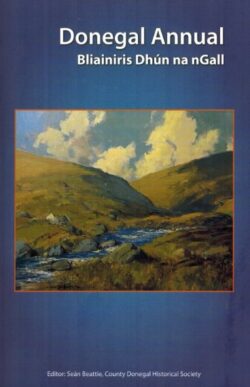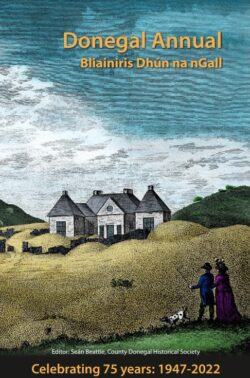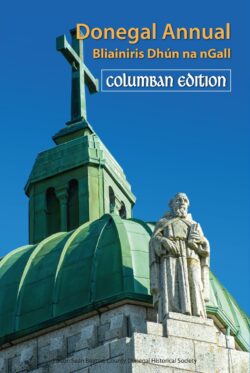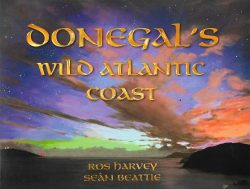
Greencastle Maritime Museum
The Wasp has gone down in history as one of the most infamous British gunboats that ever entered Irish waters. It was lost off the coast of Tory in September 1884 on a mission to collect a few pounds of arrears in rent from islanders on Inistrahull. It was the era of the Land War, when the Land League was in control and led a campaign of non-payment of rent. It was also a decade which saw the beginnings of a land revolution in Ireland with the passing of a series of Land Acts which would lead to tenant proprietorship. The Wasp on this occasion was en route to Moville, where a contingent of troops was on standby to enforce the rent collection order. It was the first time in Irish history that a British gunboat was employed for this purpose.
Several myths have surrounded the loss of the gunboat. The light keepers on Tory were wrongly accused of shutting down the light and were blamed for the loss of life. Tory islanders were accused of turning a blind eye to the plight of the ship-wrecked sailors. In fact, the islanders took to the seas in an attempt to carry out a rescue mission. The sinking of the ship was due to poor seamanship in bad weather conditions, as a public enquiry later concluded.
The town of Moville has another connection with the gunboat. In the summer of 1884, 96 islanders from Arranmore off Burtonport were taken on board the gunboat. On this occasion, it was a mission of mercy, one of many carried out by the gunboat. The islanders were emigrants from Arranmore who were offered farms in Canada and America and it was considered the land and sea journey from the island to Moville was too difficult. Instead, they were taken on board the Wasp and ferried to a liner in Lough Foyle on a regular voyage from Moville to America. All landed safely and 86 were settled on Beaver Island, while ten others travelled on to Canada. In America, heads of families were offered 40 acres of land to begin a new life and their descendants still live there. This was part of an assisted emigration scheme organised by a Yorkshire Quaker philanthropist, James Hack Tuke. He was one of the founders of Barclay’s Bank.
There is another connection with Greencastle. You can see part of the ship standing outside Greencastle Maritime Museum. Pictures of some of the crew can be seen in my book DONEGAL IN OLD PHOTOGRAPHS (2004). The crew members had called to a studio in Derry to have their photos taken when they visited the Foyle on another occasion.
The captain of the ship, Captain Nicholls is buried in an unmarked grave in the Church of Ireland graveyard in Malin Town, but his name is on the Register of Deaths for the parish. His body was washed ashore off Inishowen and taken to Malin for burial. A fictional account of the loss of the WASP can be read in MEMOIR FOR THE WASP by Enda McLaughlin.
For more information on Donegal history, see DONEGAL ANNUAL 2018 which will be available in July 2018.
Like many aspects of our history, there are two sides to every story!
Seán Beattie 2018.






Leave a Reply